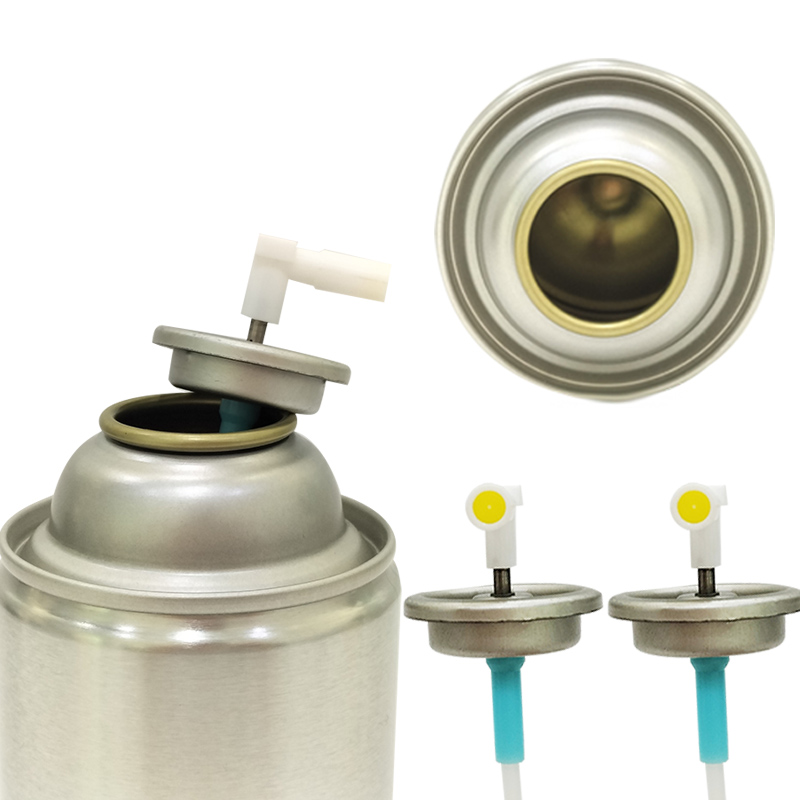In the world of printing, the question often arises, Can you inkjet print on plastic? The answer is a resounding yes. However, the process is not as straightforward as printing on paper. This article will delve into the intricacies of inkjet printing on plastic, the challenges involved, the solutions available, and the future prospects of this technology.
Inkjet printing on plastic is a rapidly evolving field that has gained significant traction in recent years due to its potential for high-resolution, full-color printing on a variety of plastic substrates. This technology has opened up new avenues in industries such as packaging, electronics, automotive, and healthcare, where there is a growing demand for customized, durable, and high-quality prints on plastic materials.
The primary challenge in inkjet printing on plastic is the non-porous nature of plastic surfaces, which makes it difficult for the ink to adhere and dry. Traditional water-based inks often bead up on the surface, leading to poor image quality. To overcome this, special inks and pre-treatments have been developed. Solvent-based inks, UV-curable inks, and aqueous inks with special additives are some of the solutions that have been found to work well on plastic substrates.
Pre-treatment of the plastic surface is another crucial step to ensure good adhesion and image quality. This can be done through methods such as corona treatment, flame treatment, or plasma treatment, which modify the surface properties of the plastic to make it more receptive to the ink.
Despite these challenges, the benefits of inkjet printing on plastic are numerous. It allows for high-speed, on-demand printing, reducing inventory and waste. It also enables variable data printing, allowing for customization and personalization of prints. Moreover, it is a non-contact printing method, which means it can print on a variety of shapes and sizes without the need for expensive tooling.
The future of inkjet printing on plastic looks promising. Advances in ink chemistry and jetting technology are continually improving the quality and durability of prints. Furthermore, the development of environmentally friendly inks and processes is making this technology more sustainable.
In conclusion, while inkjet printing on plastic presents certain challenges, the industry has made significant strides in overcoming these. With ongoing research and development, we can expect to see further improvements in this technology, making it an increasingly viable option for a wide range of applications.


